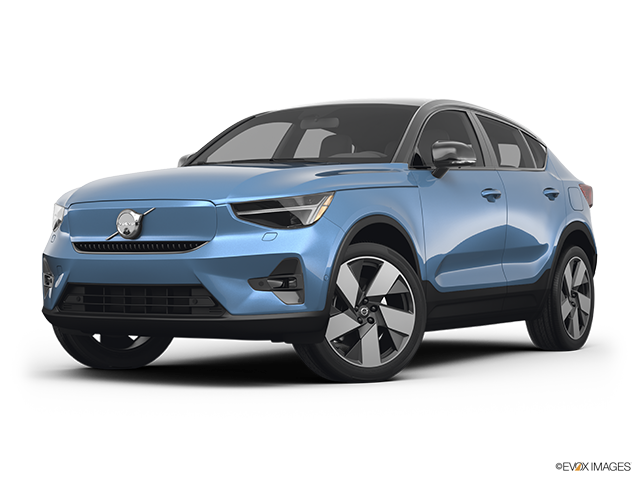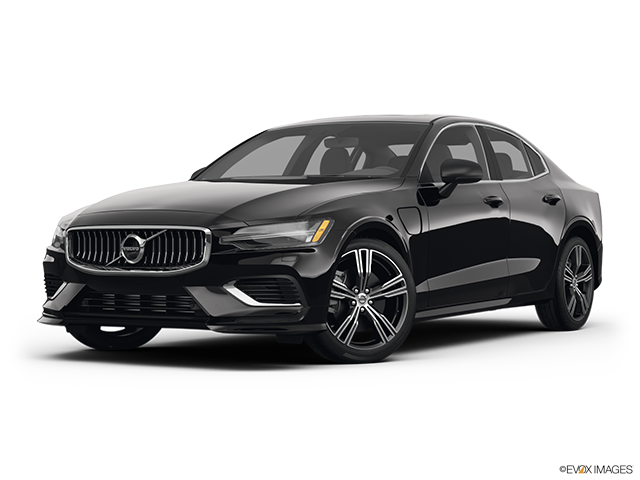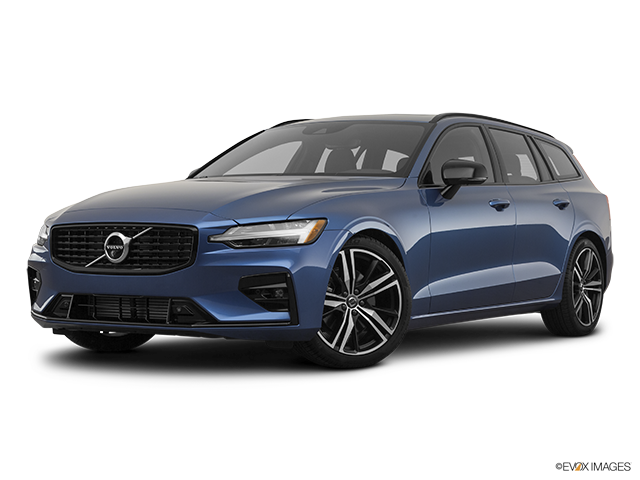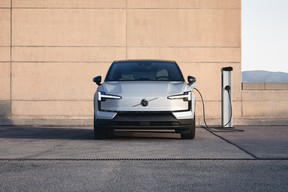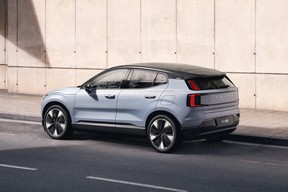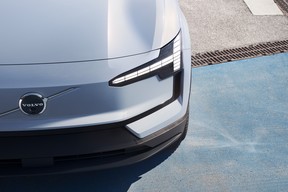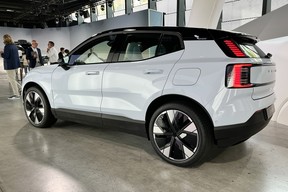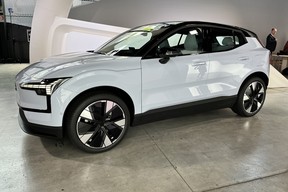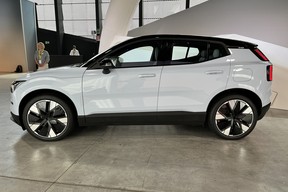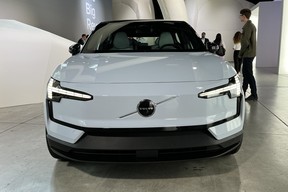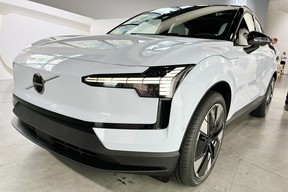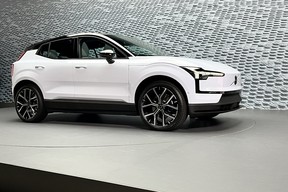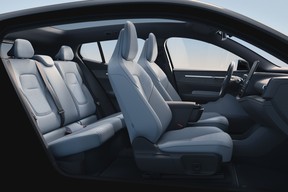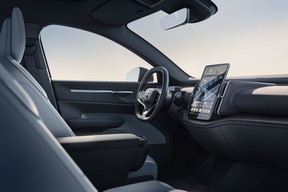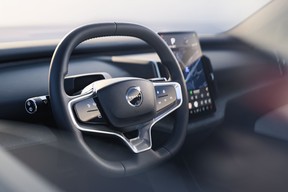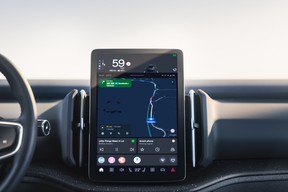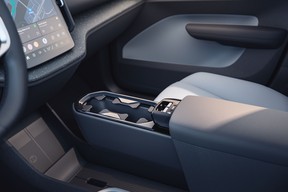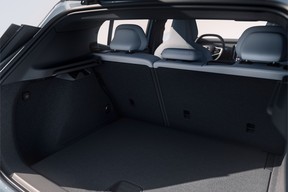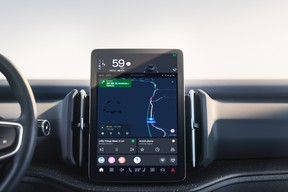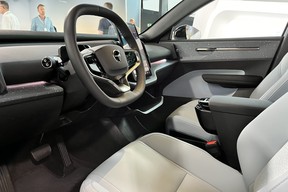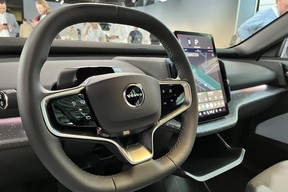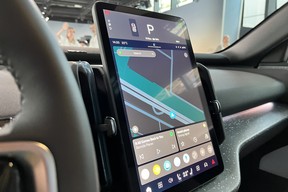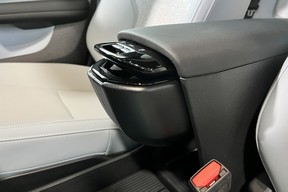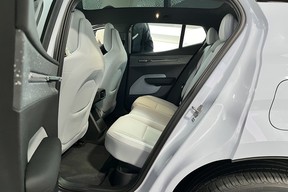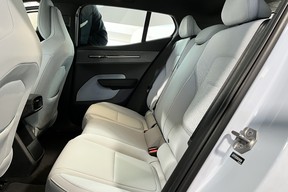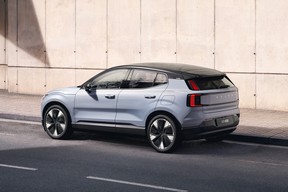With the 2025 Volvo EX30, the company aims to revolutionize the way vehicles are built, ensuring that every aspect of the manufacturing process aligns with its ambitious sustainability goals. From the sourcing of materials to the assembly line, Volvo is implementing innovative practices and cutting-edge technologies to minimize energy consumption, reduce waste, and lower carbon emissions.
One of the key focuses of the EX30’s sustainable production is the use of recycled and eco-friendly materials. Volvo plans to incorporate a high percentage of recycled and renewable materials throughout the vehicle’s construction, including responsibly sourced metals, plastics, and textiles. By minimizing the reliance on virgin materials, the company aims to reduce its environmental impact and promote a circular economy.
Furthermore, the 2025 Volvo EX30 will be manufactured in a state-of-the-art facility designed to maximize energy efficiency and minimize waste. The production plant will utilize renewable energy sources, such as solar and wind power, to power its operations. Additionally, advanced waste management systems will be in place to ensure that any byproducts or waste generated during production are properly recycled or repurposed.
To further bolster its commitment to sustainability, Volvo is working closely with its supply chain partners to ensure they adhere to the same rigorous environmental standards. By fostering transparency and collaboration throughout the supply chain, Volvo aims to promote sustainable practices not only within its own operations but across the entire automotive industry.
In a statement, Henrik Green, CEO of Volvo, expressed the company’s vision for the 2025 Volvo EX30, saying, “Our goal is to create a vehicle that not only delivers exceptional performance and comfort but also embodies our commitment to sustainability. We believe that by pushing the boundaries of what is possible in terms of sustainable production, we can inspire other manufacturers to follow suit and collectively work towards a greener future.”
The 2025 Volvo EX30 is poised to become a flagship model for the company’s sustainability efforts. By combining advanced technology, eco-friendly materials, and responsible manufacturing practices, Volvo aims to set a new standard for sustainable vehicle production. As the automotive industry continues its shift towards sustainability, Volvo’s commitment to environmental stewardship places them at the forefront of this important movement.
What are the dimensions of the EX30?
The 2025 Volvo EX30 is Volvo’s smallest SUV ever. It measures 4,234 millimetres long, with a 2,649-mm wheelbase. For context, that’s 19.1 cm shorter than the Volvo XC40, which was previously the smallest SUV in the brand’s line-up. The EX30’s width is 2,032 mm including the mirrors; and its height is 1,552 mm. Its equal overhangs at the front and rear emphasize its SUV proportions.

